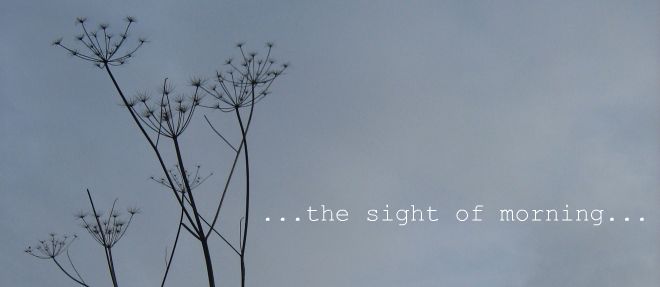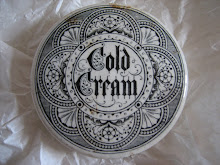 When we were in Cornwall
When we were in Cornwallwe stayed in a newly converted barn.
It was in a beautiful, secluded location
and absolutely silent at night.
 The walls were covered with
The walls were covered witha stunning collection of African cloth
that I thought you might enjoy.
 I don't know anything about this cloth
I don't know anything about this clothbut you can see that it is made up
of small strips sewn together
and the geometric designs are quite distinctive.
 When I searched for similar designs on Google
When I searched for similar designs on Googlethe closest that I could find
were Kente cloth from the Asante people
of Ghana and the Ivory Coast.

.jpg)

.jpg)






They are beautiful. All I know is that Ghana is known for its beautiful textiles. I too will be interested to see what other people know.
ReplyDeleteKente is what sprang to my mind - I always look forward to your posts, but you can imagine how my eyes lit up when I caught the initial sight of the first picture - fabric on MrsM's blog a rare but succulent treat!
ReplyDeleteHow beautiful. Love Cornwall.
ReplyDeleteI can simply confess my ignorance.
ReplyDeleteBut boy are they beautiful!
Gosh what a beautiful place you stayed in!
ReplyDeleteDon't know much about African cloth... any African explorer amongst your friends? surely!!
Phew. I thought for a moment you'd managed to find time for quilting as well.
ReplyDeleteI lived for many years in Nigeria and we had Kente cloth. It originated in Ghana and was traditionally made by tailors of the Asante court, using European silk acquired first through trans-Saharan trade and later coastal trade. Richly colored and textured fabric, kente was once worn only by Asante royalty, but it has now become an international symbol for Africa. Outside of Ghana, it is still difficult to find large pieces of high-quality hand-woven kente. But cheap, mass-produced copies of kente designs — often printed rather than woven — are now sold worldwide. Here endeth the lesson!
ReplyDeleteBobby x
another piece of random trivia to add to James' knowledge...the silk was most often sold as cloth, then meticulously and laboriously UNwoven and REwoven into the desired design.
ReplyDeleteMany thousands of years ago when I was studying textiles at art college, my friend Lottie won a bursery to go to Ghana to study Kente cloth. She had many adventures along the way, nowhere to stay until she met a lady at heathrow who asked her to take some things through customs - dodgy I know but I think they were shoes (she had a shoe shop with a lust for western stiletto shoes) It could have been worse - some people were trying to smuggle through whole fish and live poultry!!! This lovely lady insisted that she stayed with her in in Accra in her mud built house - very luxurious by many standards. She went out to meet the Asante weavers and brought many beautiful pieces of cloth back (oh and also Malaria!)I think looking back on it, it was admirable although a little niave that she had no back up from our college and no idea of the risks she was taking but hey, thats youth!
ReplyDeleteHope you are well.
Much love,
Alice x
We're doing a project on Asante Kente cloths in my Tribal Art History class. The one that my Prof showed us to write an essay about looked almost EXACTLY like one of the pictures you showed here. Its from Ghana made in the 1970s. Each color has a meaning behind it and different pattern mean different things also.
ReplyDeletehttp://kente.midwesttradegroup.com/history.html